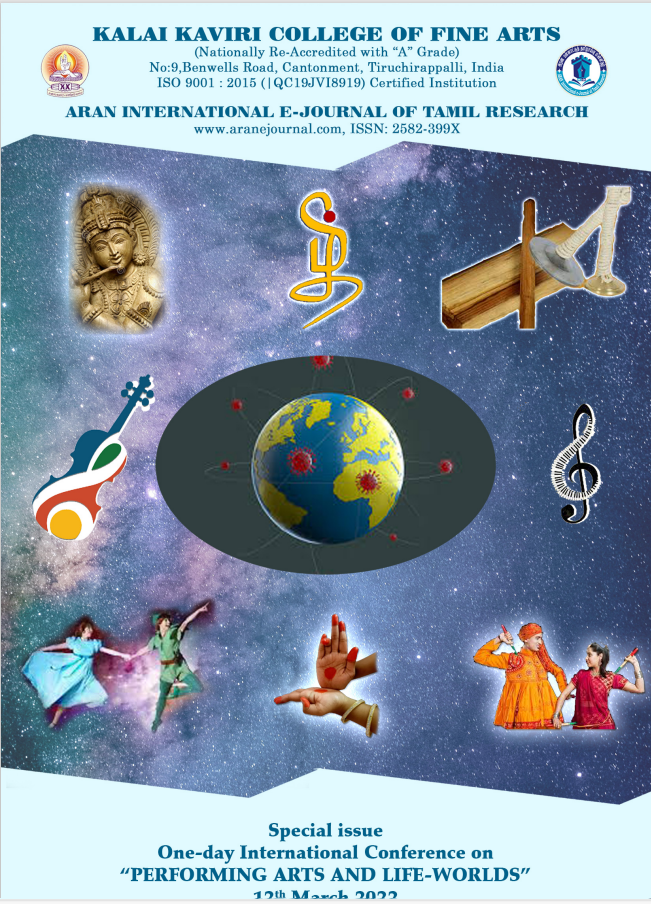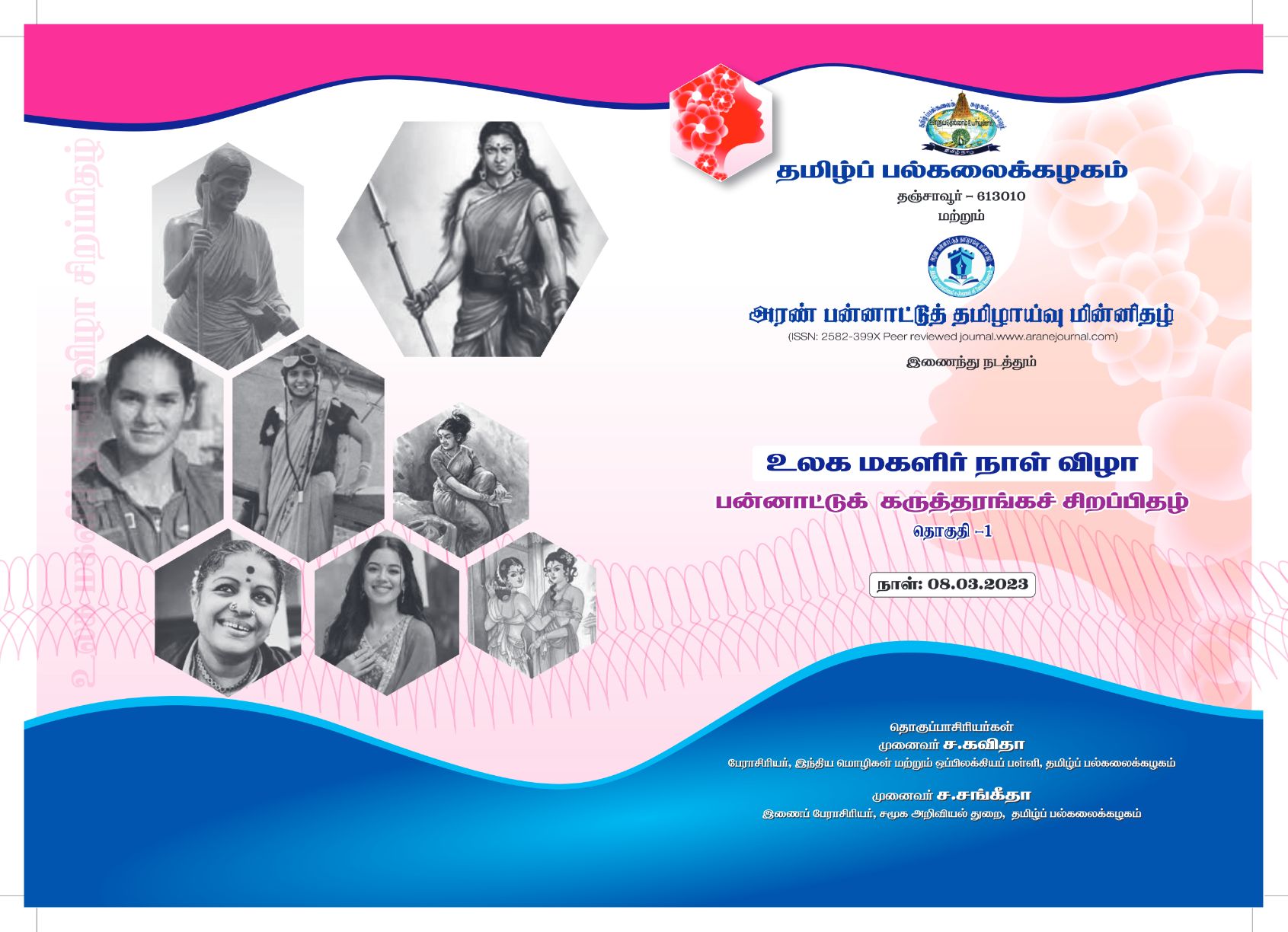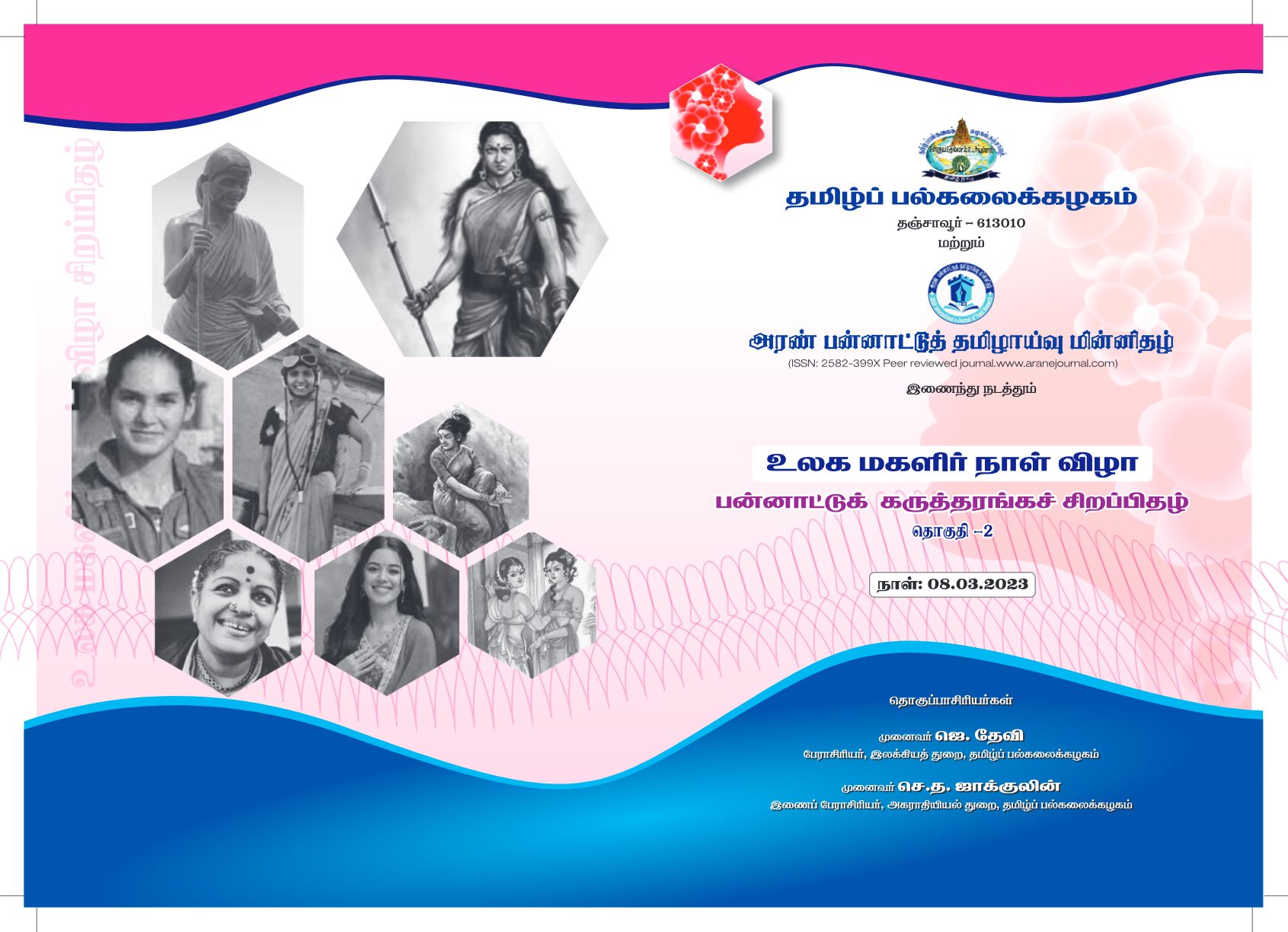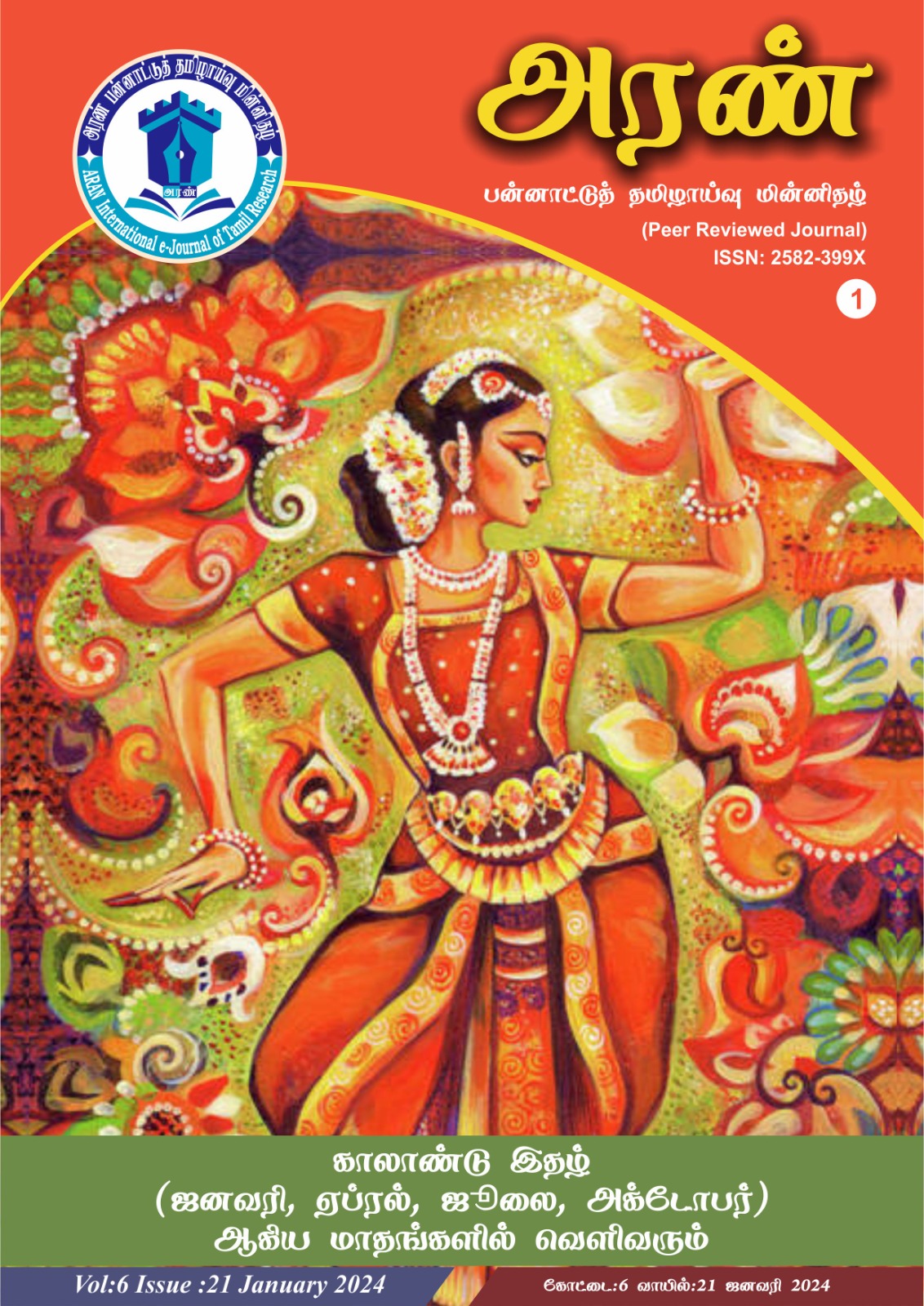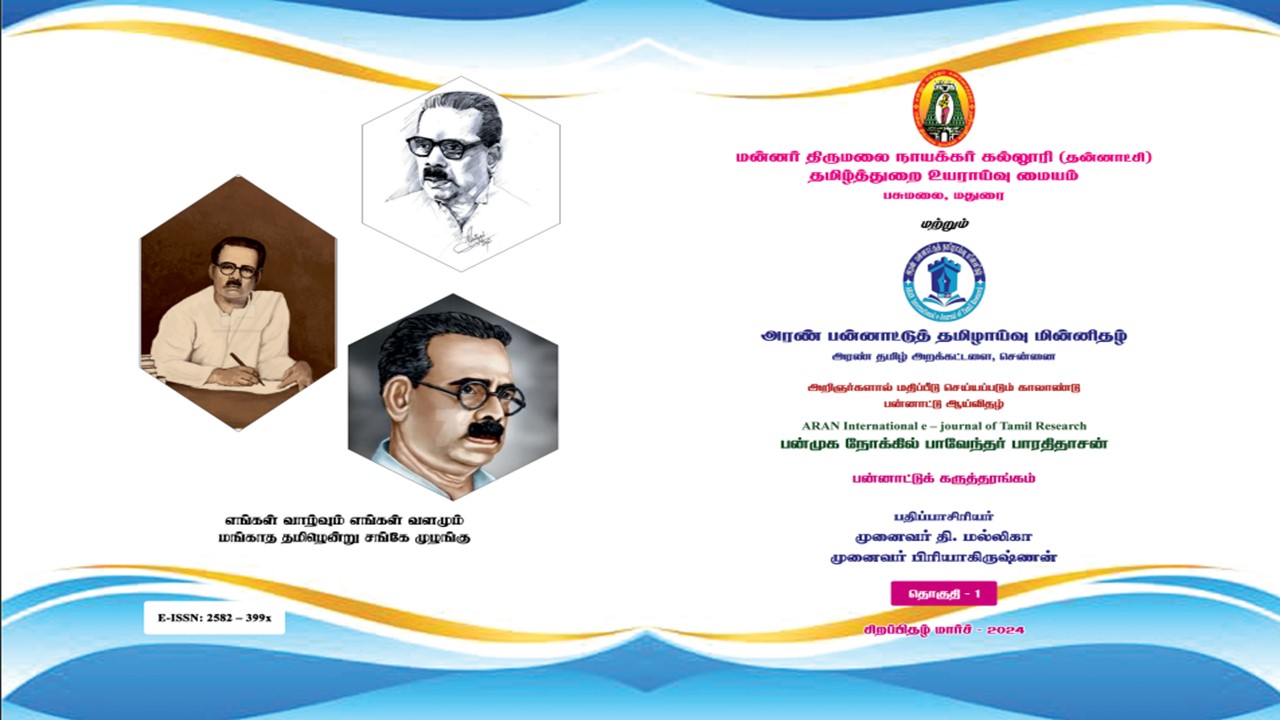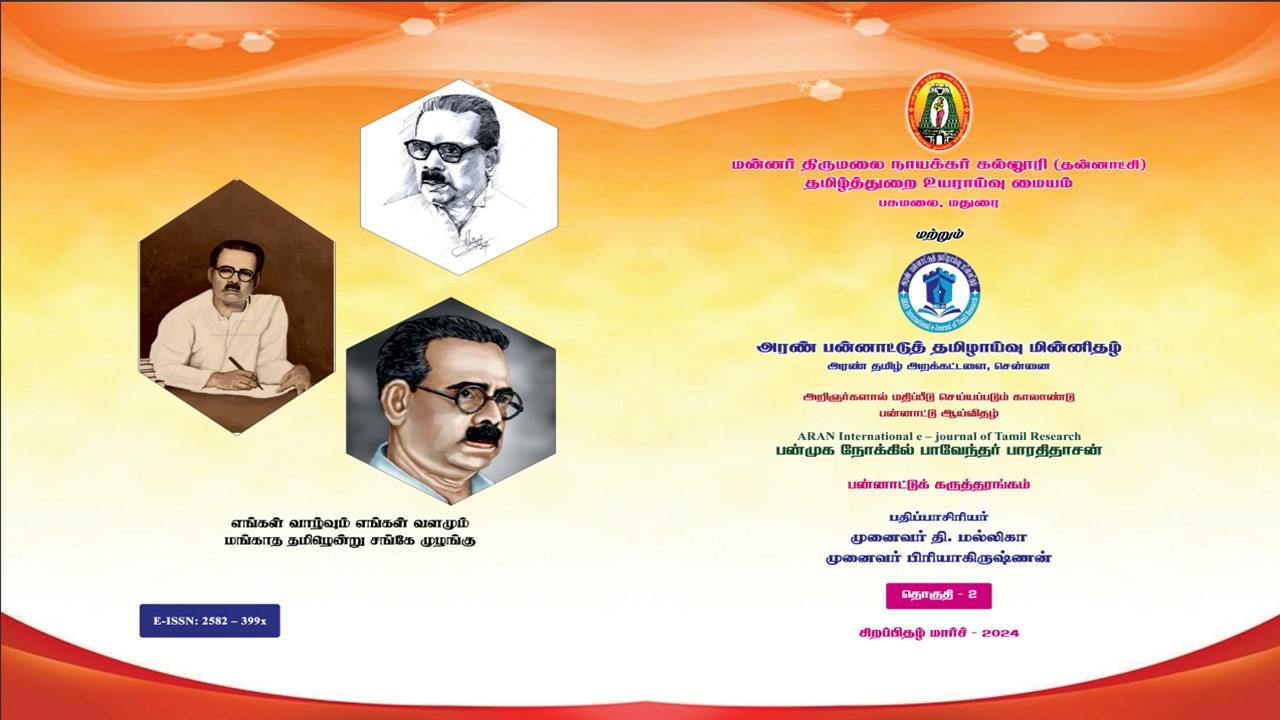“Mridanga Cintamanih”: Exploration of its Impact on Carnatic Music and Education
Abstract
This research article examines "Mridanga Chintamanih," conceived and developed by Padma Vibhushan Dr Umayalpuram Sivaraman. It delves into the motivations behind its creation, the pedagogical strategies employed, the gaps it fills in the field of Carnatic music going into areas where no one has gone before, the comprehensiveness of the topics it covers and its approach to music considering mridangam as a naadha vaadyam and its profound significanc
e for both students and professionals in Indian Classical music and World Music. The article also highlights the unique attributes of the Umayalpuram Sivaraman bani, its adaptability across different musical genres, and the broader impact on percussion and naadhaa based instruments.
Keywords
Umayalpuram Sivaraman, Mridangam, Percussive Pedagogy, Naadhaa, World Music, Magnum Opus
Introduction
In the realm of Indian classical music, innovation often arises in response to specific needs within the teaching and learning frameworks. "Mridanga Cintamanih," a pioneering offering by Dr Umayalpuram Sivaraman, stands as a significant contribution to the field of percussion, particularly the mridangam. This research article seeks to answer key questions regarding the need, concept, pedagogy, and impact of "Mridanga Chintamanih" on both learners, teachers and the wider music community spanning Indian classical music as well global genres.
1. The Need for Mridanga Chintamanih
The inception of "Mridanga Chintamanih" was primarily driven by the necessity to formalize and disseminate the knowledge and techniques associated with the mridangam, particularly the unique style of the Umayalpuram bani. Recognizing a gap in structured learning resources, Sri Sivaraman aimed to create a comprehensive pedagogical tool that would not only teach the fundamentals but also address the diverse interests and needs of students and teachers alike. The trigger for this initiative was the growing demand for systematic learning in percussion, which was needed to augment and support existing traditional teaching methodologies.
2. Concept Development
The concept of "Mridanga Cintamanih" revolves around a holistic approach to teaching the mridangam. It integrates various aspects of rhythm, theory, and practical applications, offering learners a multifaceted understanding of the instrument. The development of this concept took several years, as Sivaraman meticulously compiled his insights and experiences over 60 odd years to create a cohesive educational framework that is accessible to both beginners, intermediate and advanced learners.
3. Pedagogical Design
The pedagogy of "Mridanga Cintamanih" is designed with a keen focus on student and teacher engagement and interest alike. By incorporating interactive elements, real-life examples, and a progression from basic to advanced techniques, the curriculum caters to a diverse student and teacher demographic. Dr Umayalpuram Sivaraman emphasized the importance of understanding the cultural and contextual significance of the mridangam, ensuring that students not only learn to play but also appreciate the art form's rich heritage and further evolve the same using the formulae and examples of the calculations and aesthetic approach given in creating Mora and Korvais.
4. Filling the Void and Expanding
"Mridanga Cintamanih" fills a significant void in the music field by providing a structured and detailed methodology for learning the mridangam. Prior to its introduction, many aspiring percussionists lacked access to comprehensive instructional materials that adequately covered the nuances of rhythm and technique associated with various styles. This offering has become a valuable resource for students and teachers alike, facilitating a deeper understanding of the mridangam instrument and also be able to apply the learning to other percussion instruments and genres of music which is naadhaa-based[3].
5. Mridangam Style Captured in Recordings
The DVD recordings associated with "Mridanga Cintamanih" showcase a diverse range of mridangam styles, emphasizing the unique characteristics of the Umayalpuram bani. This style is marked by its intricate rhythms, clarity of expression, and adaptability to various forms of Carnatic music. Through viewing and listening to these recordings, students gain exposure to authentic performances that serve as models for their own practice.
6. Artist Participation
A significant aspect of "Mridanga Cintamanih" is the collaborative effort involved in its creation. A total of over 20 esteemed artists participated in this venture, contributing their expertise and insights to enrich the content and instructional quality. This collaborative approach ensured that the offering encapsulated a wide range of perspectives and techniques prevalent in the field. The ability to spontaneously collaborate and demonstrate the concept of the offering has been a highlight of this offering to the field of Global Music
7. Forms of Carnatic Music Covered
The offering covers various forms of Carnatic music, including varnams, kritis, and tillanas, each demonstrating different aspects of mridangam playing. By showcasing these forms, "Mridanga Cintamanih" illustrates the versatility of the mridangam and its integral role in Carnatic music performance.
8. Uniqueness in Umayalpuram Bani
The Umayalpuram bani is characterized by its distinct rhythmic patterns and pronounced use of specific solkattu (solfa syllables) including Gumki, Arai Chappu, playing stance, use of the right and left side of the mridangam in innovative manner [1]. Notable solkattu patterns and sounding (naadhaa) are more pronounced in this style, allowing for intricate and expressive performances[3]. Comparatively, other banis may focus on different rhythmic phrases, making the Umayalpuram style unique in its approach.
9. Preparing to Learn the Bani
For a beginner student, preparation to learn the Umayalpuram bani involves developing a foundational understanding of rhythm and basic mridangam techniques [1]. It is essential for students to familiarize themselves with the solkattu and practice simple rhythmic patterns before progressing to more complex compositions. Regular practice and listening to recordings of proficient players are also crucial for developing an ear for the style.
10. Leveraging Content from Other Styles
Students from different styles or schools of mridangam can leverage the content provided in in this musical offering by integrating the techniques and rhythmic concepts into their own practice. The offering emphasizes the adaptability of the mridangam across various styles[5], enabling students to enrich their playing with insights gained from the Umayalpuram bani.
11. Enhancing Aesthetic Appreciation
The lessons and samples of playing provided in "Mridanga Cintamanih" assist students and music professionals in developing their aesthetic sensibilities. By focusing on nuances, dynamics, and expression in mridangam playing, learners can cultivate a deeper appreciation for the art form[4]. This, in turn, enhances their ability to convey emotions and stories through their performances.
12. Shortening the Path to Professionalism
Learning the lessons outlined in this DVD and booklet offering has significantly shortened the journey from learner to successful professional for many mridangam players. The structured approach and practical applications provided in the offering enable students to build competence and confidence, equipping them for professional engagements sooner than traditional methods would allow.
13. Future Offerings
As "Mridanga Cintamanih" has been available for the last 12 years, expectations for future offerings include further gurmukham explorations of advanced techniques, collaborative projects with other percussion and naadhaa based instruments, and the incorporation of contemporary musical trends. These developments would continue to keep the offering relevant and engaging for future generations of musicians as they use the knowledge provided in these digital documentation and over 23 hours of content to understand and learn from[2].
14. Recognition and Impact
Dr Umayalpuram Sivaraman's offering has garnered recognition from both music rasikas and esteemed music institutions dedicated to teaching mridangam and percussion. The positive reception highlights the contribution of this magnum opus to the broader discourse on mridangam pedagogy and its significance in preserving and propagating the art form.
15. Impact on Other Percussion Instruments
The methodologies and insights provided in "Mridanga Cintamanih" have had a ripple effect on other percussion instruments as well. By demonstrating the importance of rhythm and technique, the offering serves as a model for percussionists across different genres, emphasizing the universal principles of rhythm that transcend specific instruments[2].
16. Adaptation Across Musical Genres
The adaptability of the Umayalpuram bani and especially Sri Sivaraman Bani is evident in its application across various musical genres, including vocal and instrumental settings in Carnatic, Hindustani, and contemporary world music. This flexibility allows mridangam players to collaborate seamlessly with musicians from different traditions, enriching the overall musical experience[2].
17. Cross-Cultural Exchanges
In the context of cross-cultural exchanges, the Umayalpuram bani has been successfully integrated into performances with both Western and Eastern percussion instruments. Collaborations with instruments like the Tambourine, Tabla, and even Western and African drums have showcased the versatility of the mridangam style, accommodating different cultural expressions and fostering musical dialogues.
Conclusion
"Mridanga Cintamanih" represents a landmark development and a magnum opus in the teaching and practice of the mridangam, addressing gaps in pedagogy and enriching the Carnatic music landscape. Through its comprehensive approach to rhythm and technique, this offering continues to inspire a new generation of musicians, bridging tradition and innovation in the world of percussion and naadhaa based music.
References
[1] Kala Kendra – “Mridanga Cinramanih” – https://kalakendra.com/?s=mridanga+cintamanih&post_type=product
[2] Multiple discussions and Interview with Dr Umayalpuram Sivaraman – Jun, Aug, Oct 2024
[3] Kumar, Arvind Shankar. (2023). Musical Excellence of Mridangam: an introductory review. 10.48550/arXiv.2307.09425.
[4] Sivaraman, K, T. Ramasami, M.D Naresh . (2010). Sri Raja Ramanna Memorial Lecture, Science for Musical Excellence, Indian Institute of Technology Madras.
[5] Naresh, M. D., Ramasami, T., & Sivaraman, U. K. (2019). Musical excellence of Mridangam. Academic Foundation Press.

